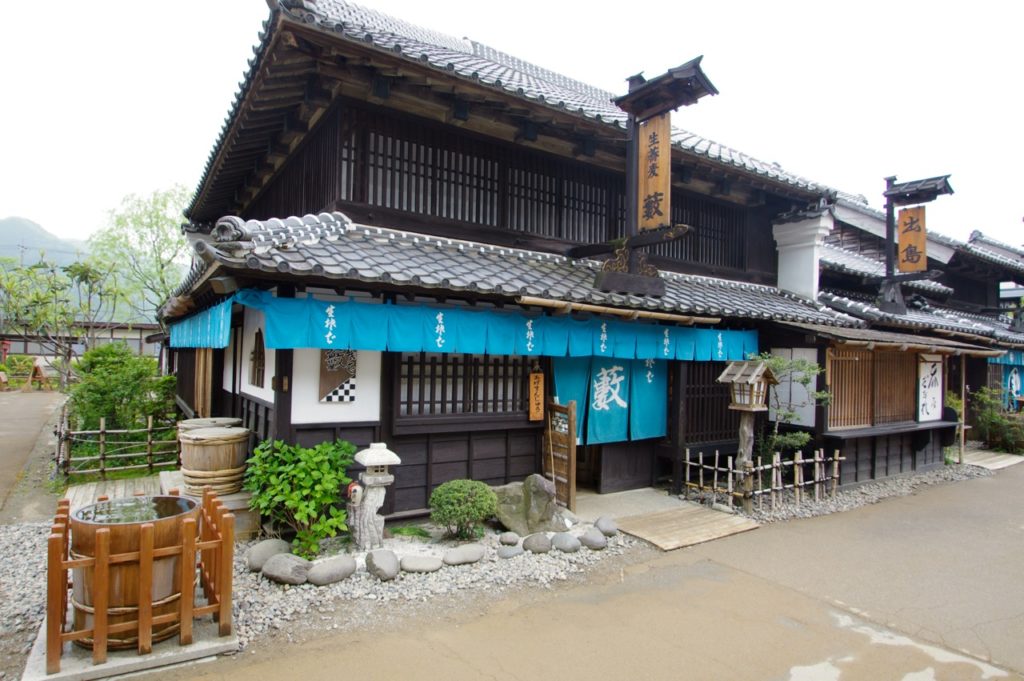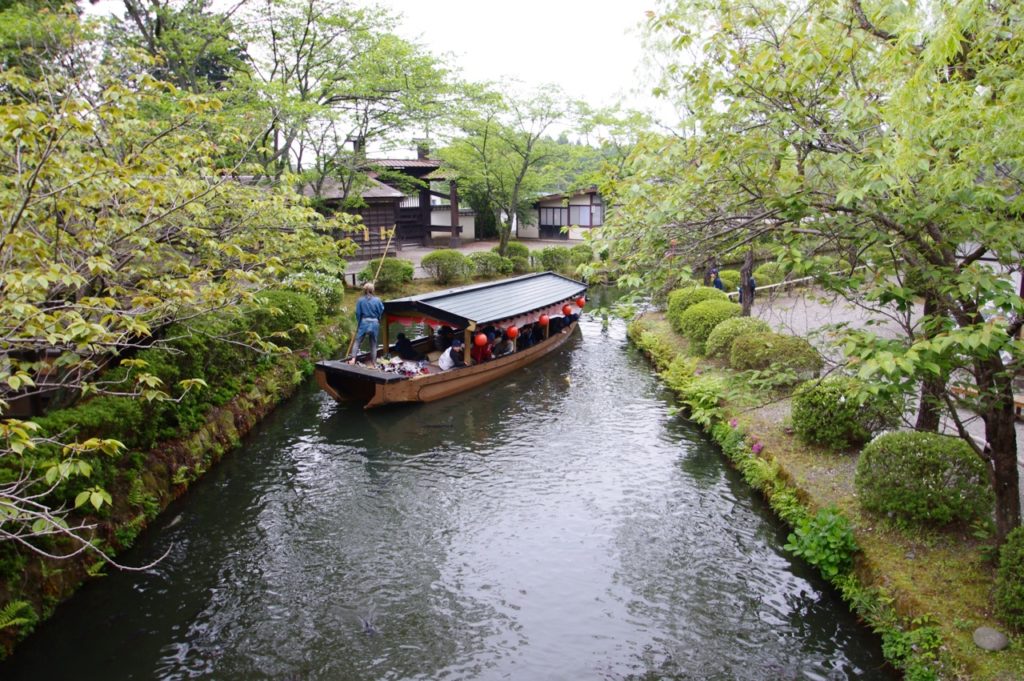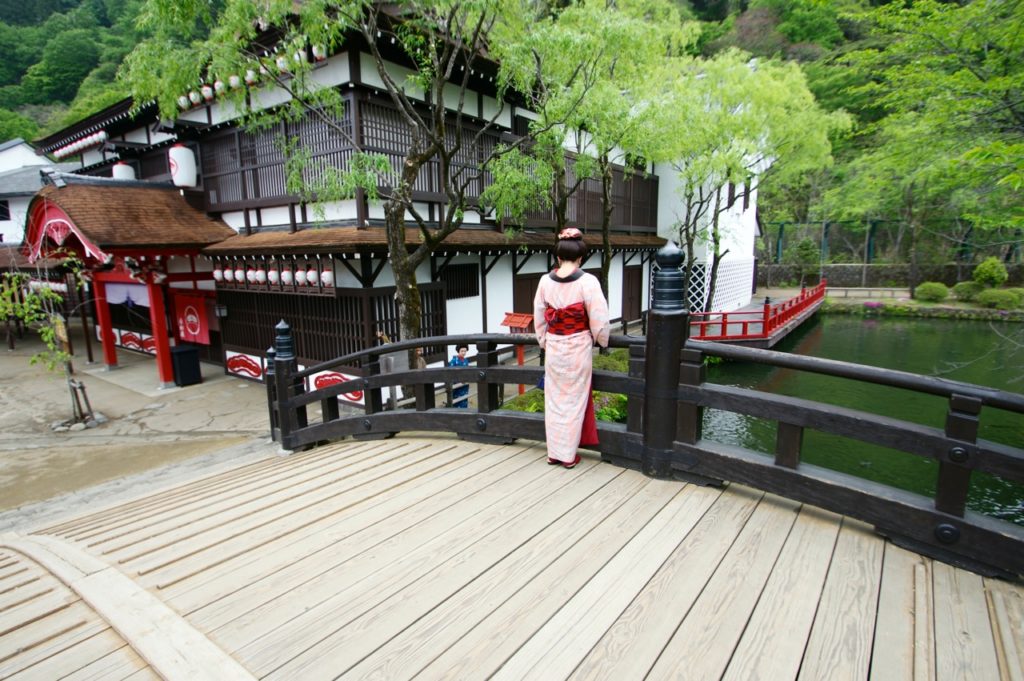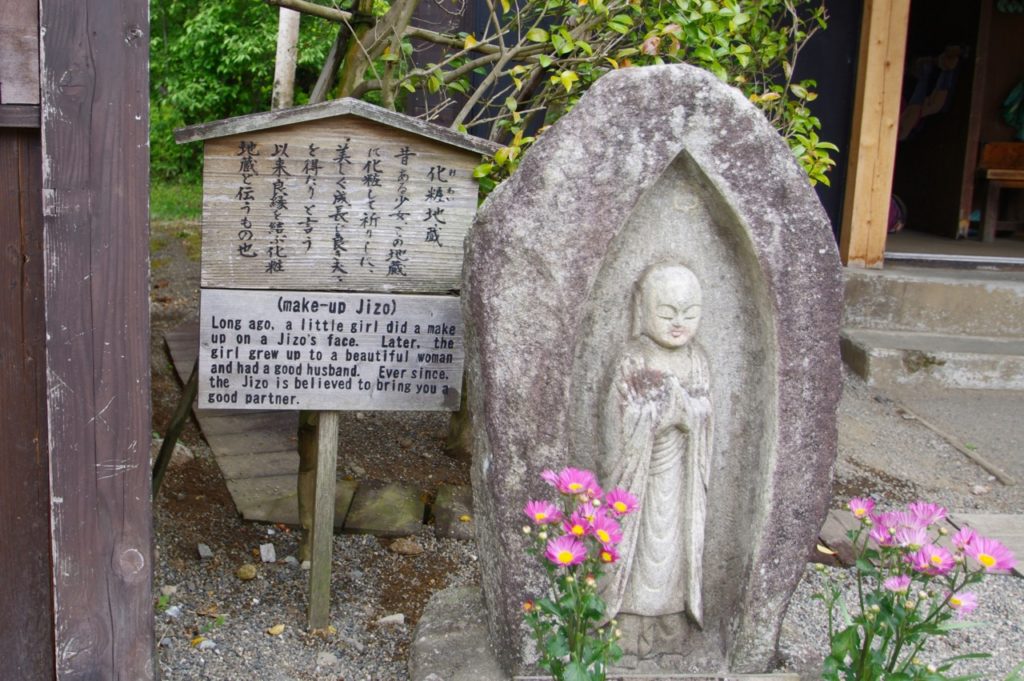In addition to such popular spots as Tokyo Disney Resort in Urayasu City near Tokyo and Universal Studios in Osaka, Japan has some attractive native theme parks. An excellent is Edo Wonderland (Nikko Edomura in Japanese), located in Tochigi Prefecture to the northeast of Tokyo.
Edo Wonderland has been in operation since 1986. For this trip back in time, I relaxed in a plush reserved seat aboard the ultra-modern “Kegon” limited express that runs from Tobu Railway Co.’s Asakusa station in downtown Tokyo to Kinugawa Onsen, about an hour and a half from the center of Tokyo, and from there, I took a shuttle bus to the park.
Edo functioned as Japan’s administrative capital from 1603 under the Tokugawa military government, and was made the national capital and renamed Tokyo in 1868. During those two and a half centuries, the city of an estimated 1 million people developed its own cosmopolitan culture.
In this regard, the operators of Edo Wonderland deserve high praise for authenticity. Walk down “main street,” and there’s nothing to indicate you are not in olden times. No cables, wires or TV antennas spoil the view. In place of cash registers, the shops and restaurants add up the bill using an old-fashioned abacus.
Edo Wonderland is also a “hands-on” theme park in the sense that it offers visitors a chance to engage in “cosplay.” They can dress up in traditional kimono, complete with wigs, *geta* (wooden clogs) and lacquered *janome* umbrellas.
Soon after my arrival, I boarded a small boat that the operator moved along the canal by pushing a pole against the bottom, for about 10-minute ride into the center of the town. As I disembarked, I joined a line of people outside a building marked “Kita Bugyosho” (north court). This was one of old Edo’s two criminal courts, which alternated each month, one hearing cases while the other one caught up on the paperwork.
Inside the “court” — converted here to a theater — a troupe of six actors gave a half-hour long performance of “Toyama no Kinsan,” based on a long-running TV series about a real magistrate named Toyama Kinshiro, who held court in Edo in the late 1840s.
In a typical episode, Judge Toyama, while assuming the guise of a street-wise rogue named Kin-san, mingle with criminal types and invariably witness an altercation, at which time he bared his tattoo of cherry blossoms.
The villain in this particular performance was a devious “priest” who defrauds people by offering magic spells that will cure them of their medical problems. As “Kin-san” the judge witnesses his crimes but after baring his elaborately tattooed shoulder during a brawl, slips away at the moment of arrest.
Naturally during the trial, the evil priest and his accomplice completely deny their guilt and instead accuse an honest laborer of the crime. At the drama’s climax, the magistrate — up to this point not yet recognized — pulls open his kimono, baring the cherry-blossom tattoo, and roars thunderously, “Surely you’re not saying you’ve forgotten these cherry blossoms that flutter on my back?”
To the cheers and jeers of the audience, the criminals tremble in astonishment upon realizing that their guilt has been exposed.
Across the street from the court is a reproduction of Denma Rogoku, the city’s jail. Here criminal suspects were held in rather miserable conditions until their trial. A room is full of ghoulish displays of Edo-style punishments, including *gokumon-kubi* (decapitated heads of criminals) and the wax figures of a couple involved in an illicit relationship who attempted but failed to commit a love-suicide — the penalty for which was being put on public display near the old town’s fish market.
Crossing the Nihombashi bridge from the “official town” will return you to the “shitamachi,” where Edo’s common folk went about their daily business. There are plenty of opportunities for pleasant encounters with cheerful citizens on the street, and occasional surprises as well — visitors may even be requested to assist the town’s busy constables in apprehending a suspected criminal.
In this section of the park, visitors can eat and shop, take in street and theater performances, and view colorful displays in the Edo Town Fire Brigade Museum. Another favorite is the maze-like “Ninja Kai Kai Tei House of Illusion” with its narrow, confusing passageways.
Time permitting, visitors can also take a stroll through a real outdoor locale used for shooting TV period dramas, located just beyond the view of the main park. The buildings and streets have such a well-worn look, it’s like being caught in a time warp.
“Educational” and “fun” are the words that best sum up the Edo Wonderland experience. The park earns high marks for authenticity and the quality of its entertainment. Equally important, it is beautifully maintained, making it a photographer’s dream. While featuring plenty of appealing sights and stimulating activities, it is not so vast that walking from one end to the other will tire you out.
The Edo Wonderland web site (http://www.edowonderland.net/) provides park information in English, Chinese, Korean, Thai and Russian. It is open six days a week (closed on Wednesdays) from 9:00 to 17:00 from March 20 to November 30 (summer schedule). Admission is 4,500 yen for adults, for 2,300 yen children age 7 to 12. Half-day passes also available at a reduced rate. For visitors who come by motor vehicle, there’s an additional 700 yen charge for parking. Discounted tour plans, including overnight accommodations at hot springs spas, are also available. Address: 470-2 Karakura, Nikko, Tochigi Prefecture 321-2524











0件のコメント